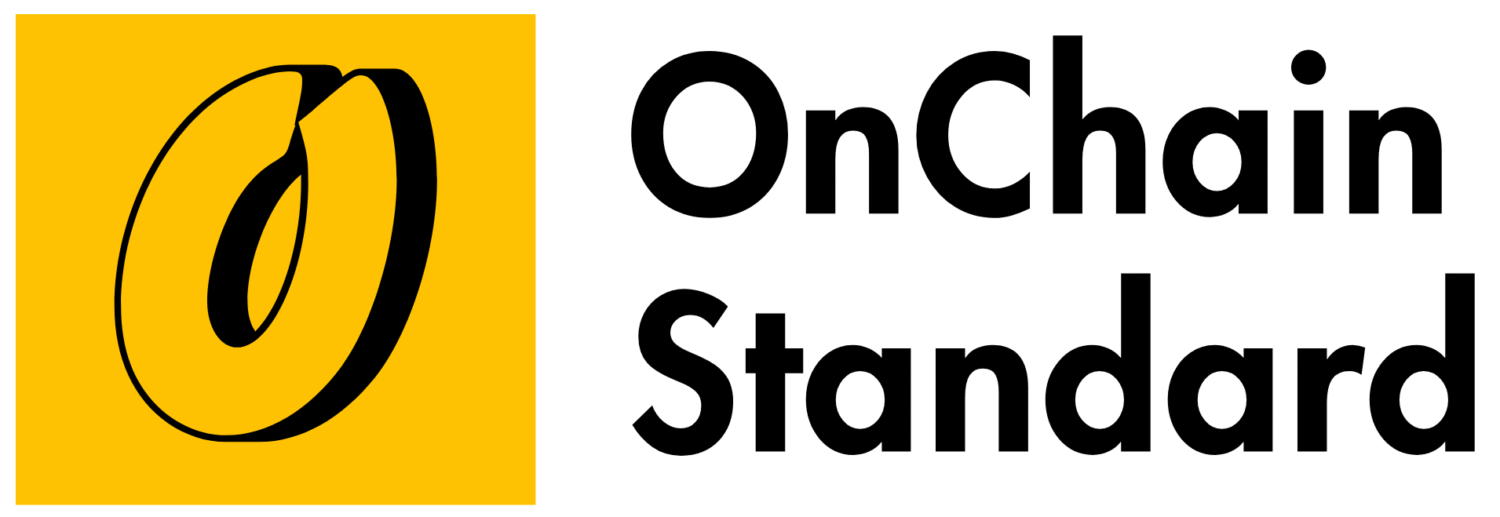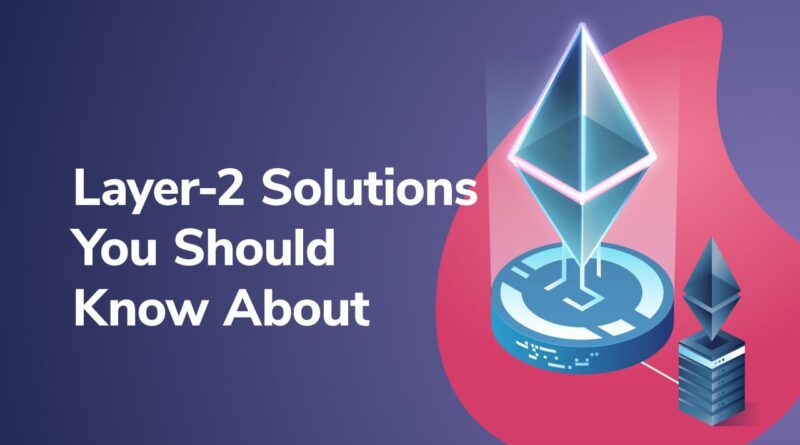What Is a Layer 2 Solution? A 2025 Guide
Learn what a Layer 2 solution is and how it enhances blockchain scalability in 2025. Explore examples like Base, Unichain, and Arbitrum, and their impact on DeFi, NFTs, and Web3.
Introduction: Scaling the Future of Blockchain
As the cryptocurrency market grows, reaching a $2.3 trillion market cap in July 2025, blockchain scalability remains a critical challenge. Layer 2 solutions have emerged as a powerful way to enhance the performance of Layer 1 blockchains like Ethereum, enabling faster, cheaper transactions while maintaining security. Powering ecosystems like DeFi, NFTs, and Web3, Layer 2 solutions such as Base, Unichain, and Arbitrum are transforming how users interact with blockchain technology. This article explains what Layer 2 solutions are, how they work, and their significance in 2025.
Defining a Layer 2 Solution
A Layer 2 solution is a secondary framework or protocol built on top of a Layer 1 blockchain to improve its scalability and efficiency. While Layer 1 blockchains (e.g., Ethereum, Bitcoin) handle core operations like consensus and security, Layer 2 solutions process transactions off-chain or in a more efficient manner, reducing congestion and fees on the base layer. They settle final transaction data back to the Layer 1 blockchain, leveraging its security while boosting throughput.
Key Characteristics
-
Scalability: Increases transaction capacity, handling thousands of transactions per second (TPS) compared to Layer 1’s limits (e.g., Ethereum’s ~15 TPS).
-
Lower Costs: Reduces transaction fees by processing data off-chain, making DeFi and NFTs more accessible.
-
Security: Inherits the security of the underlying Layer 1 blockchain.
-
Interoperability: Connects with Layer 1 for seamless data settlement and cross-chain interactions.
-
User Experience: Offers faster confirmations and smoother interactions for dApps and wallets.
How Layer 2 Solutions Work
Layer 2 solutions operate by offloading transaction processing from the Layer 1 blockchain while maintaining its security and decentralization. Common methods include:
-
Rollups: Bundle (or “roll up”) hundreds or thousands of transactions into a single batch, processed off-chain, with a summary submitted to Layer 1.
-
Optimistic Rollups: Assume transactions are valid unless challenged (e.g., Arbitrum, Optimism).
-
ZK-Rollups: Use zero-knowledge proofs for instant validation (e.g., zkSync, StarkNet).
-
-
State Channels: Enable off-chain transactions between parties, settled on Layer 1 when closed (e.g., Lightning Network for Bitcoin).
-
Sidechains: Independent blockchains linked to Layer 1, with their own consensus (e.g., Polygon PoS).
For example, Base, a Coinbase-backed Layer 2 on Ethereum, uses Optimistic Rollups to process transactions at ~2,000 TPS with fees 95% lower than Ethereum’s Layer 1, settling data back to Ethereum for security.
Examples of Layer 2 Solutions in 2025
Layer 2 solutions are thriving in 2025, supporting a range of use cases:
-
Base: A Coinbase-developed Ethereum Layer 2 using Optimistic Rollups. It hosts meme coins like Basenji ($BENJI) and Andy ($ANDY), with $1.5 billion in TVL and low-cost transactions.
-
Unichain: Launched by Uniswap Labs in February 2025, Unichain is an Ethereum Layer 2 with 200ms sub-block times and $832 million TVL, integrated with 1inch for efficient DeFi trading.
-
Arbitrum: A leading Optimistic Rollup solution with $18 billion TVL, powering DeFi platforms and NFT marketplaces.
-
Optimism: Another Optimistic Rollup Layer 2, hosting dApps with $10 billion TVL and supporting Ethereum’s ecosystem growth.
-
zkSync: A ZK-Rollup solution offering instant transaction finality, ideal for high-throughput DeFi and gaming applications.
Layer 2 vs. Layer 1: Key Differences
-
Layer 1 (e.g., Ethereum, Sonic): The base blockchain handling consensus, security, and native token operations. Limited by lower TPS and higher fees (e.g., Ethereum’s $5–$50 gas fees).
-
Layer 2 (e.g., Base, Unichain): Scales Layer 1 by processing transactions off-chain, reducing fees (e.g., Base’s ~$0.01 per transaction) and boosting speed while relying on Layer 1 security.
For instance, Sonic’s Layer 1 achieves 400,000 TPS natively, while Base enhances Ethereum’s scalability for meme coins and DeFi.
Why Layer 2 Solutions Matter in 2025
Layer 2 solutions are critical to the crypto ecosystem’s growth, addressing key challenges:
-
DeFi Accessibility: Base and Unichain enable low-cost trading, with 1inch’s Unichain integration offering competitive swap rates for tokens like $BENJI.
-
NFT and Gaming: High TPS and low fees support NFT minting and blockchain games, with Base hosting Basenji NFT collections.
-
Mass Adoption: Affordable transactions attract new users, with global DeFi TVL at $92.3 billion in 2025.
-
Cross-Chain Synergy: Layer 2s like Unichain bridge Ethereum with ecosystems like Sonic, enhancing liquidity via tokens like Fly ($FLY).
-
Developer Innovation: APIs on Base and Unichain enable dApps, driving Web3 development.
Challenges of Layer 2 Solutions
-
Complexity: Users must navigate bridges to move assets between Layer 1 and Layer 2, which can be technical.
-
Security Risks: While Layer 2 inherits Layer 1 security, vulnerabilities in rollups or bridges can occur.
-
Fragmentation: Multiple Layer 2s (e.g., Arbitrum, Optimism) create liquidity silos, though aggregators like 1inch help unify them.
-
Adoption Hurdles: Newer Layer 2s like Unichain must compete with established solutions like Arbitrum.
The Future of Layer 2 Solutions
In 2025, Layer 2 solutions are pivotal for scaling blockchain adoption. With Unichain’s 200ms sub-blocks and Base’s meme coin ecosystem, they cater to both professional traders and retail users. Innovations like ZK-Rollups and cross-chain bridges will further reduce fees and enhance interoperability. As Ethereum’s Layer 2 TVL surpasses $40 billion and platforms like 1inch integrate multiple Layer 2s, these solutions are set to drive Web3’s mainstream adoption.
Conclusion
Layer 2 solutions like Base, Unichain, and Arbitrum are revolutionizing blockchain scalability in 2025, offering faster, cheaper transactions while leveraging Layer 1 security. By powering DeFi, NFTs, and Web3 applications, they address the limitations of Layer 1 blockchains like Ethereum. With low fees, high throughput, and growing ecosystems, Layer 2s are essential for the $2.3 trillion crypto market, enabling everything from meme coin trading on Base to efficient swaps on Unichain. As adoption grows, Layer 2 solutions will shape the future of decentralized technology.




